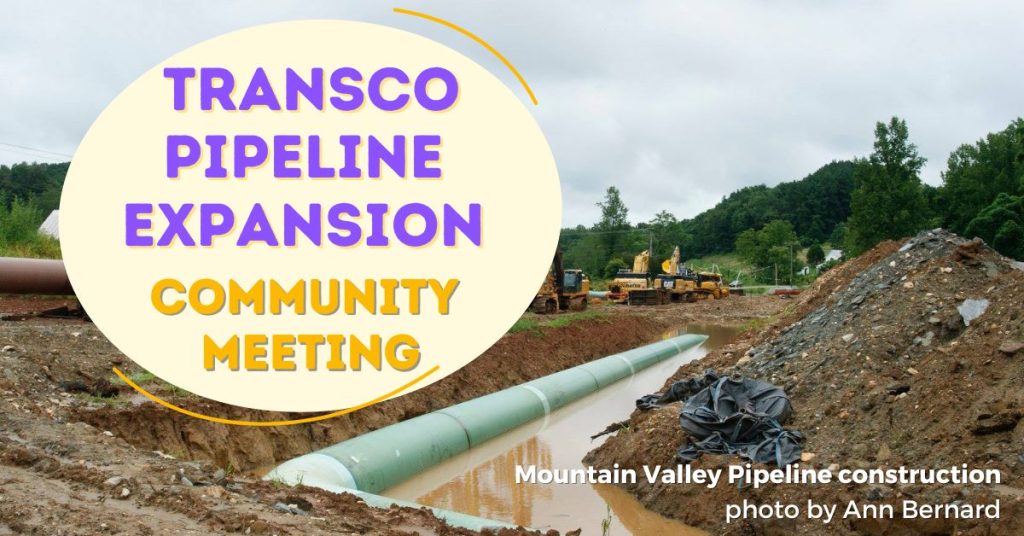20 former coal sites in Appalachia identified for innovative economic development
Norton, VA — A coalition of groups in Central Appalachia today issued a report highlighting 20 innovate projects that would clean up abandoned coal mine lands and give them new life as sustainable agriculture businesses, solar farms or other economic ventures. The report, Many Voices, Many Solutions: Innovative Mine Reclamation in Central Appalachia, provides economic impact data on the projects, which can be adapted and replicated across the region.
Appalachia is undergoing profound change as the region strives to build a new economy amidst the decline of the coal industry. Communities in Kentucky, Ohio, Virginia and West Virginia are plagued by thousands of coal-impacted sites that were abandoned and never cleaned up, and which now pose threats to public health and impede local economic growth. Yet local leaders and entrepreneurs are working to leverage the tremendous potential to repurpose these unwanted lands for innovative economic solutions that are specific to the context and problems of this place.
The report highlights five sites in each of the four states that represent prime opportunities for a variety of funding streams. Examples include:
- Kentucky: an affordable green-energy subdivision near abandoned mine lands in Hazard.
- Ohio: a facility in the Village of Corning that uses acid mine drainage to produce valuable paint pigment.
- Virginia: an outdoor adventure resort on a reclaimed highwall in Dickenson County.
- West Virginia: a mixed agriculture and renewable energy project on a former strip mine in Boone County.
The report was authored by the Reclaiming Appalachia Coalition, which seeks to spur mine reclamation projects throughout Central Appalachia that are responsive to community needs and that accelerate the growth of new, sustainable economic sectors. The coalition consists of lead organizations in four states — Appalachian Voices in Virginia, Appalachian Citizens’ Law Center in Kentucky, Coalfield Development Corporation in West Virginia, and Rural Action in Ohio — and a regional technical expert, Downstream Strategies, based in West Virginia.
“This report marks an important step as Appalachia citizens continue to re-imagine and work toward a future of sustainable and healthy local economies, where young people can find meaningful work and stay to raise their own families,” said Adam Wells, Regional Director of Community and Economic Development with Appalachian Voices.
Past efforts to reuse old mine sites have generated sparse lasting economic activity. Surface mined areas near population centers became shopping centers, hospitals and other standard uses, while more remote sites were either completely abandoned, converted to low-productivity cattle grazing lands, or developed into spec-built industrial parks, prisons or golf courses at great taxpayer expense. Those “if you build it, they will come” industrial parks and golf courses now largely sit empty and unused. The 166 Appalachian counties within the project area represent a population of more than 5.7 million people, nearly 40% of whom live in counties categorized by the Appalachian Regional Commission as at-risk or distressed based on unemployment, income and poverty factors.
To break free from this unsuccessful approach to coal site reclamation, the coalition established six guiding principles to identify optimal repurposing projects, including ensuring they are appropriate to the place in which they are occurring, that they include non-traditional stakeholders in decision-making, and are environmentally sustainable and financially viable long-term.
Several recent federal initiatives have increased funding for redeveloping former mine and industrial sites for new projects with sustainable economic and community benefits, including the Abandoned Mine Land Pilot Program, which appropriated $105 million in 2017 and $115 million in 2018, and the Partnerships for Opportunity and Workforce and Economic Revitalization (POWER) program, which contributed $50 million to economic diversification in central Appalachia. The RECLAIM Act, currently pending in Congress, would accelerate the distribution of $1 billion of existing funds over five years to revitalize coal communities.
The Reclaiming Appalachia Coalition and others continue advocating for passage of the RECLAIM Act and additional investment in the region where it is most urgently needed.
CONTACT:
Adam Wells, Appalachian Voices, adam@appvoices.org, 276-679-1691
Joey James, Downstream Strategies, jjames@downstreamstrategies.com, 304-322-4590
Eric Dixon, Appalachian Citizens’ Law Center, eric@aclc.org, 865-202-8688
Jacob Hannah, Coalfield Development, jhannah@coalfield-development.org, 304-614-8035
Terry Van Offeren, Rural Action, terryvanofferen@gmail.com, 740-814-0493
###




